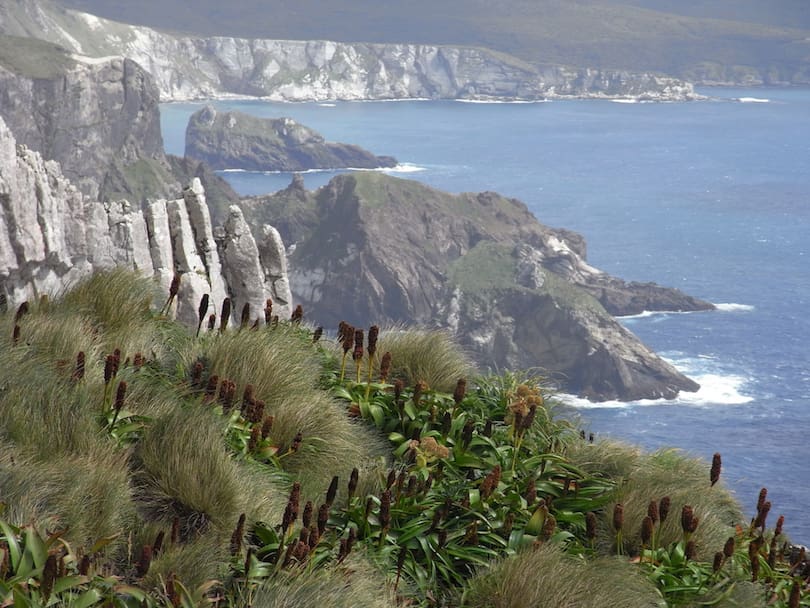Dibang Wildlife Sanctuary, located in Arunachal Pradesh, India, is one of the largest wildlife sanctuaries in the country, covering an area of over 4,000 square kilometers. The sanctuary is home to a wide variety of flora and fauna, making it a popular destination for nature lovers and wildlife enthusiasts. In this article, we will provide a comprehensive guide to Dibang Wildlife Sanctuary, covering everything from its location and history to the best time to visit and the activities you can enjoy while there.
1. Introduction
Dibang Wildlife Sanctuary is a vast expanse of protected forest in the state of Arunachal Pradesh, India. This sanctuary is home to a rich diversity of flora and fauna, including some rare and endangered species. The sanctuary is also known for its breathtaking natural beauty, with lush green forests, glistening rivers, and snow-capped mountains.
2. Location and History
Dibang Wildlife Sanctuary is located in the Upper Dibang Valley district of Arunachal Pradesh. The sanctuary was established in 1992 and covers an area of 4,149 square kilometers. The region is also known for its unique tribal culture and traditions.
3. Flora and Fauna
Dibang Wildlife Sanctuary is home to a vast variety of flora and fauna, including over 40 species of mammals and 400 species of birds. Some of the rare and endangered species found here include the Red Panda, Snow Leopard, and Clouded Leopard. The sanctuary is also home to various species of primates, including the Assamese Macaque and Slow Loris. The forest cover comprises of Alpine, Sub-alpine, and Temperate vegetation.
4. Best Time to Visit
The best time to visit Dibang Wildlife Sanctuary is during the winter season, between October and March. The weather during this time is pleasant, with temperatures ranging from 10 to 20 degrees Celsius. The winter months also provide clear skies, making it an excellent time for photography.
5. How to Reach
The nearest airport to Dibang Wildlife Sanctuary is located in Dibrugarh, Assam, which is around 200 kilometers away. The nearest railway station is located in Tinsukia, Assam, which is around 160 kilometers away. From there, one can take a taxi or a bus to reach the sanctuary.
6. Accommodation Options
There are several accommodation options available near Dibang Wildlife Sanctuary, ranging from budget to luxury. The forest department also provides camping facilities inside the sanctuary for visitors who want to experience the wildlife up close.
7. Things to Do in Dibang Wildlife Sanctuary
There are several activities that visitors can enjoy while at Dibang Wildlife Sanctuary.
8. Trekking
The sanctuary offers several trekking trails, ranging from easy to challenging. The most popular trek is the Dri River Trek, which takes visitors through dense forests and stunning landscapes.
9. Bird Watching
Dibang Wildlife Sanctuary is a paradise for bird watchers, with over 400 species of birds found here. The best time for bird watching is during the winter months when several migratory birds arrive at the sanctuary. Some of the popular bird species found here include the Himalayan Monal, Sclater’s Monal, Blood Pheasant, and Snow Pigeon. Visitors can also spot various species of eagles, falcons, and owls.
10. Wildlife Safari
A wildlife safari is an excellent way to explore the sanctuary and its wildlife. Visitors can opt for jeep safaris, which take them deep into the forest, where they can spot animals like the Red Panda, Clouded Leopard, Asiatic Black Bear, and Yellow-throated Marten. The safaris are conducted by trained guides who have extensive knowledge about the sanctuary’s flora and fauna.
11. Photography
Dibang Wildlife Sanctuary provides a perfect backdrop for nature photographers. The sanctuary’s picturesque landscapes, waterfalls, and rivers offer several opportunities for landscape photography. Visitors can also capture the sanctuary’s wildlife, including birds, mammals, and reptiles.
12. Fishing
The Dri River, which runs through the sanctuary, is an excellent spot for fishing. Visitors can fish for the Mahseer fish, which is known for its strength and fighting ability. Fishing in the sanctuary requires a permit, which can be obtained from the forest department.
13. Local Culture and Traditions
Dibang Wildlife Sanctuary is home to several tribal communities, including the Idu Mishmi and Adi tribes. Visitors can explore the local villages, interact with the locals, and learn about their culture and traditions. The tribes are known for their unique handicrafts, which visitors can purchase as souvenirs.
14. Essential Tips for Visitors
Visitors to Dibang Wildlife Sanctuary should keep the following tips in mind:
- Visitors must obtain permits from the forest department before entering the sanctuary.
- It is essential to carry warm clothes, as temperatures can drop significantly during the night.
- Visitors must adhere to the sanctuary’s rules and regulations and avoid littering.
- Visitors must carry insect repellents, as the sanctuary is home to several species of insects and mosquitoes.
- It is advisable to hire a guide who can assist in navigating the sanctuary and identifying the flora and fauna.
Conclusion
Dibang Wildlife Sanctuary is a must-visit destination for nature lovers and wildlife enthusiasts. The sanctuary’s rich flora and fauna, breathtaking landscapes, and unique tribal culture make it a fantastic place to visit. Visitors can enjoy several activities, including trekking, bird watching, wildlife safari, photography, and fishing. With proper planning and preparation, a trip to Dibang Wildlife Sanctuary is sure to be a memorable one.
FAQs
- Is Dibang Wildlife Sanctuary safe to visit? Yes, Dibang Wildlife Sanctuary is a safe destination to visit. However, visitors should follow the necessary precautions and guidelines provided by the forest department.
- Can I take my own vehicle inside the sanctuary? No, private vehicles are not allowed inside the sanctuary. Visitors can take a safari tour or hike through the trails provided by the forest department.
- Are there any accommodation options inside the sanctuary? Yes, the forest department provides camping facilities inside the sanctuary. There are also several accommodation options available nearby.
- What is the best time to visit Dibang Wildlife Sanctuary? The best time to visit is during the winter season, between October and March.
- What kind of wildlife can be seen in Dibang Wildlife Sanctuary? Dibang Wildlife Sanctuary is home to several species of mammals, including the Red Panda, Snow Leopard, and Clouded Leopard. It is also home to over 400 species of birds and various species of primates.






